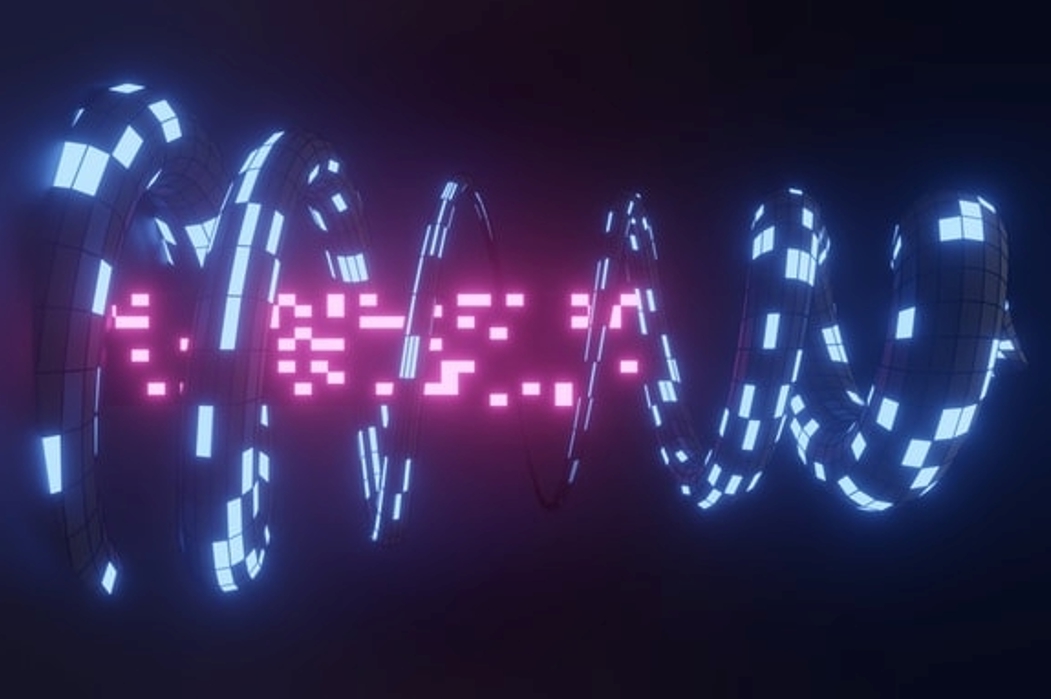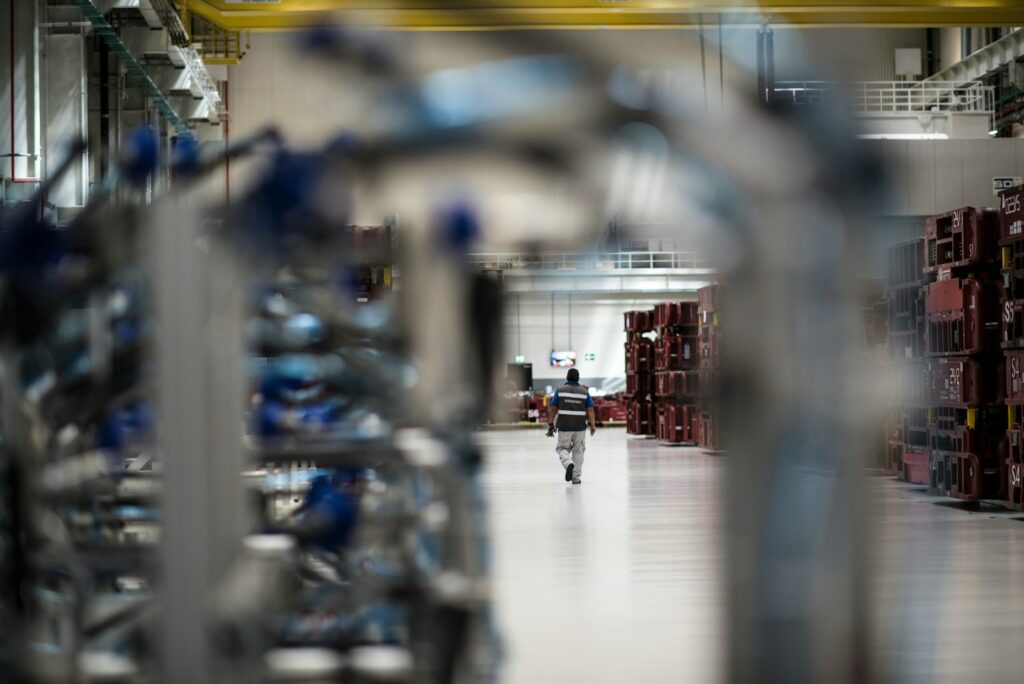Metaverse has been the talk of the town since Facebook’s decision to rebrand as Meta in October this year. However, the word “metaverse”, a portmanteau of “meta-“ (meaning beyond) and “universe”, existed way before this. The term “Metaverse” is often credited to Author Neal Stephenson’s 1992 dystopic, sci-fi novel Snow Crash, and many see a more recent inspiration in Earnest Cline’s 2011 novel Ready Player One. Unlike what is portrayed in movies and blockbusters, the metaverse I’m talking about is far from the stuff of sci-fi – and we’re not unfamiliar to it.
What is it?
Metaverse is a hypothesised iteration of the Internet; a digitalised layer of reality that hovers around and throughout the features of the real world – or, in some definitions, is entirely separate from it. Much like Christopher Nolan’s 2014 Interstellar, don’t you think?
Originally thought of as an idea of a centralised virtual world, a “place” parallel to the physical world, Cline’s Ready Player One portrayed that idea of a metaverse down to the T. When Facebook CEO Mark Zuckerberg announced his intention to build a more maximalist version of Facebook, spanning social presence, office work, and entertainment – coupled with Stephenson’s and Cline’s portrayal of metaverses as reference – it sounded like a far-fetched ambition.
Critics have stepped forward and named this version of metaverse a method of public relations building using a purely speculative and “over-hyped” concept based on existing technology. But what we do not realise is that it already exists in our world.
Online communities have existed since the dawn of the Internet’s existence and grew in the 1990s with various chatrooms and the first social media sites. Does anyone remember Friendster? It’s one of the earliest social media networks that ever existed. Apart from being known as a social network game, Friendster allowed communication between users, dating, and discovering new events, bands, and hobbies.
Metaverses, in a way, are currently present on platforms like VRChat or video games like Fortnite and Second Life. Today, logging onto Fortnite, joining a chat and launching into a game with friends is, especially to younger generations, just as social an experience as most other physical interactions.
Is that all there is to a metaverse?
(Hint: Nope)
The concept of metaverse, also known to many as “Web3.0”, clearly means extremely different things to different people. The metaverse is currently split into two categories – a world of gaming and game creations, and a blockchain-based digital world. The former is made up of a series of embryonic digital spaces such as Facebook’s Horizon, Fortnite, and Roblox, while the latter houses Decentraland. These spaces have clear boundaries, different rules and objectives, and differing rates of growth.
The metaverse could fundamentally change the way we interact with the digital world. In the same way non-fungible tokens (NFT) have brought new opportunities to creators, artists, and gamers, the metaverse could very possibly not just reshape the creator economy, but invent it anew.
The promise of the metaverse is to allow a greater assimilation of our digital and physical lives in wealth, productivity, shopping, socialisation, and entertainment. Instead of an extension of the Internet, the metaverse is best described as a successor of it. At its core, the metaverse is an evolution of our current Internet.
How does crypto fit in?
At the foundation of the metaverse, there will be a demand to deliver permission less identity, financial services, and high-speed exchange. Data will have to be stored and made available to millions, if not billions of people. The solution to this lies in the technology of cryptocurrency.
Vitual worlds that integrate cryptocurrencies have been developed by companies like Decentraland and The Sandbox. The purpose for this is so gamers can create structures like virtual casinos and theme parks, and monetise them. In Decentraland, the currency used is called MANA, and is available for purchase on exchanges like BigONE. Decentraland even has casinos where MANA is used for gambling and salaries for dealers.
NFTs, most of which are a part of the Ethereum blockchain, will give people complete ownership of their characters, and accrue in-game items including virtual land.
Decentraland (MANA) VS Sandbox (SAND)
Ever since Facebook virtualised the term “metaverse”, everyone seems to want to get into it. This has greatly benefited the crypto metaverse platforms, especially Decentraland and Sandbox where they are the top two metaverse projects right now.
Comparing their native tokens now, Decentraland’s $MANA has rallied more than 400%, while Sandbox’s $SAND has rallied more than 300% since 28th October 2021. An analysis of token growth alone is insufficient to get a true sense of which platform will be a leader in the metaverse space. So, let’s get to discussing!
At their foundation, Decentraland and Sandbox are a virtual reality platform powered by the Ethereum blockchain where users can create an experience and monetise their gaming experience. Land and virtual worlds are permanently owned by the community without a central authority.
Both $MANA and $SAND are ERC20 tokens, where users can use any ERC20 wallet in the market for both projects. However, Decentraland has recently linked up with wallet connect, giving better access to Polygon users.
Built on the Ethereum blockchain, Decntraland and Sandbox’s scalability capacity is limited by unstable tokens and high fees. With the upcoming update from ETH1 to ETH2, Decentraland and Sandbox may not have enough scalability capacity to adapt to massive adoption.
At this moment, Decentraland has a more structured governance mechanism compared to Sandbox. Decentraland has two tokens – $LAND and $MANA – resulting in having a Decentralised Autonomous Organisation (DAO). Sandbox users, on the other hand, need $SAND to participate in governance decisions of the platform via a DAO structure.
Let’s talk teams. Decentraland has a Security Advisory Board (SAB) that acts as a guarantor of Decentraland’s smart contract security. They have important leaders in blockchain engineering, computer science, venture capital, and data analytics. In contrast, the Sandbox team is distributed in four different countries specialising in startups, software development, finance, and blockchain business. Despite the difference in pedigrees between both teams, Sandbox has more members, hinting at the possibility of having better developments in the future.
Recent developments in projects are a good indication of where the projects are headed towards. Decentraland has announced their new partnerships and developments like an open virtual gallery with Sotheby’s, accompanied by the ability for users to shoot and edit videos within the platform. On the other hand, Sandbox’s has recently announced their liquidity mining launch and its migration to a Polygon NFT layer 2 to use 100 times less energy than Ethereum. Both projects are consistently developing new features, but Sandbox’s is a critical improvement that may very well allow for exceptional scalability.
Who will win?
Considering the factors that have been analysed, Sandbox seems to offer a truer and more technically comprehensive platform that is ready to dominate the metaverse. But, taking into account that the metaverse is still – in a sense – an infant, it is way too early to determine who will take the throne.
Let’s use the comparison of the top two most used search engines – Google and Yahoo – as an example. Yahoo was founded in 1994, while Google was founded in 1998. Despite the head-start Yahoo had, Google has created just as strong a brand name as Yahoo. Google and Yahoo offer different benefits but users will always prefer one search engine over the other without understanding and considering the pros and cons. Through the humongous developments of the Internet, both search engines have adapted very well that even till now, their rivalry is still going strong.
Similarly, the competition between the top two metaverse projects can be viewed as such. Sandbox was founded in 2013, while Decentraland was founded in 2015. Still in their infancy stage, both projects are developing rapidly without losing to each other holistically. Their developments may set them apart but will that determine which is a better or worse platform? Who’s to say there will even be a winner?
What does the future hold?
With Facebook’s extravagant entrance to the metaverse, and even rebranding themselves as Meta, Zuckerberg announced plans to fund $10 billion this year on the development of the metaverse – an ecosystem of interconnected digital experiences, services, and platforms that seamlessly blend with the real world. We certainly hope to see that Zuckerberg’s ambitions become our new reality.
Tech giants of all shapes and sizes, from Microsoft, Amazon, Tencent, and Alibaba, to Disney, and even Tinder, have announced their plans towards building a metaverse. What does this entail? Similar to Bitcoin, these whales will move and develop the metaverse faster than you can say “Supercalifragilisticexpialidocious”.
While it’s impossible to predict exactly how the metaverse will look like, or when it has reached its peak, the importance of cryptocurrencies for its growth is engraved in stone. As technologies like virtual reality develop, and current industry leaders like Facebook gets involved, advancements in blockchain technology and the world of cryptocurrency will play an equally important role in shaping the metaverse’s future.
“The metaverse currently has an independent, whole economy of its own, indicating that cryptocurrency and digital currency will likely become the key transactional method. Cryptocurrency is not new to us but more people have begun to get into it for various reasons as of late. One thing for sure, is that such currencies will be key to trading across the worlds – real and digital – all while being supported and distributed by technologies such as blockchain.” #anndylian
Author: Anndy Lian
Anndy Lian is an all-rounded business strategist in Asia. He has provided advisory across a variety of industries for local, international, public listed companies and governments. He is an early blockchain adopter and experienced serial entrepreneur, book author, investor, board member and keynote speaker.
Currently, he is appointed as the Chief Digital Advisor at Mongolia Productivity Organization, championing national digitization. He is also the Chairman, Asia for BigONE Exchange.
Get your hands on the latest and exciting metaverse news with Metaverse Insider.


















